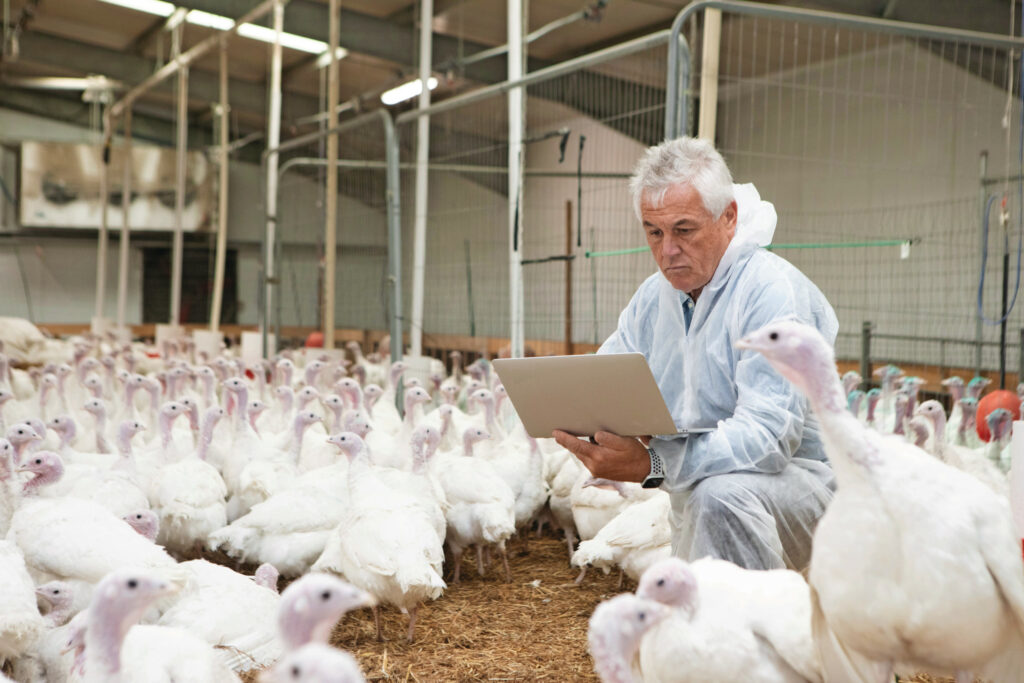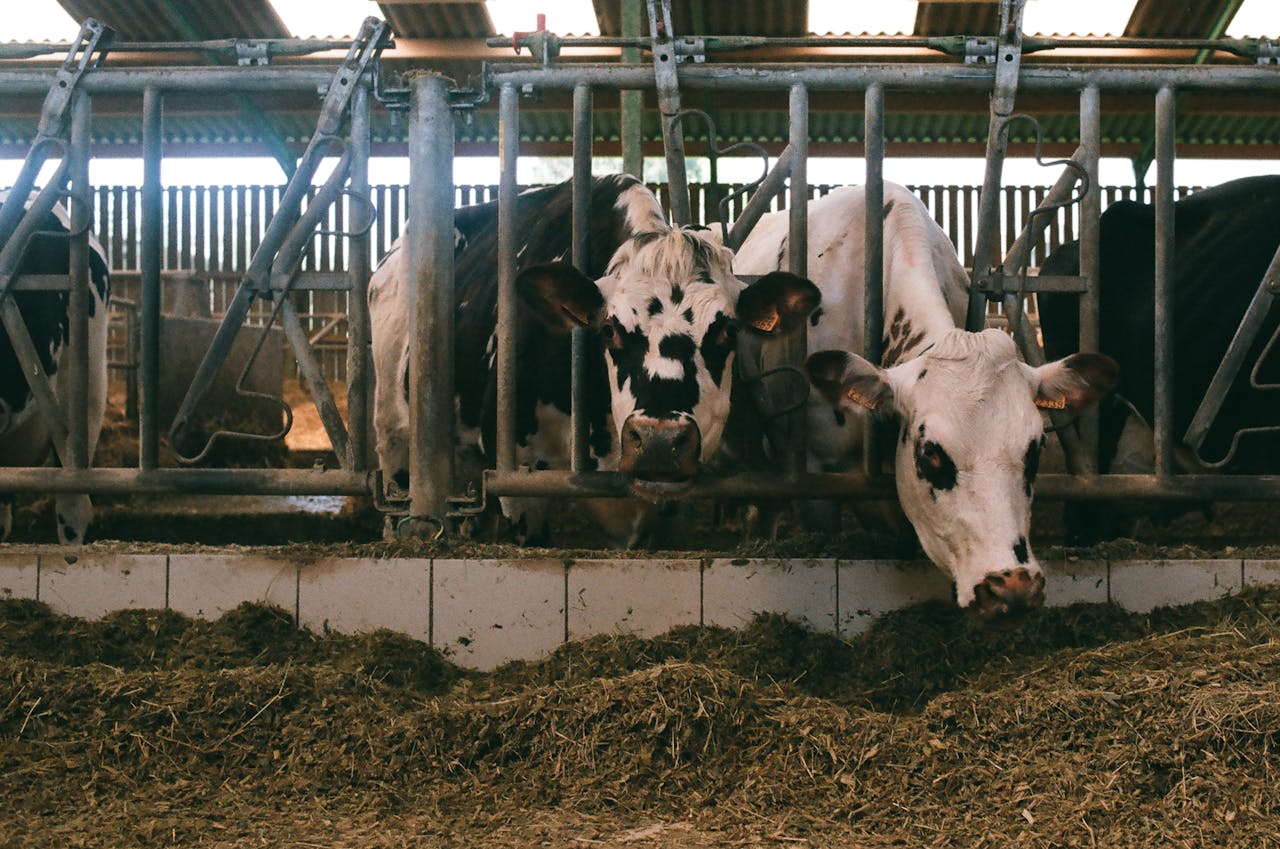Antimicrobial resistance (AMR) is no longer a looming threat—it’s a present-day crisis. While much of the public conversation centres on human medicine, the agricultural sector plays a pivotal role in both the emergence and mitigation of AMR. Encouragingly, recent years have seen significant progress in reducing antibiotic use in animal farming, particularly in regions with strong regulatory oversight and consumer awareness.
Antibiotic Reduction: Embracing best practices – read all articles
In parts of the world such as the United States and Europe, reduced antimicrobial use has already led to measurable improvements in resistance levels and treatment outcomes. Despite ongoing efforts, antimicrobial resistance (AMR) continues to rise in many countries, underscoring the urgent need to prioritize the implementation of antibiotic reduction strategies.
Robust monitoring systems and responsible antimicrobial use are essential. Without them, the gains made in some regions risk being undermined by unchecked practices elsewhere.
Decline in antibiotic use
Data from surveillance studies show a clear downward trend in antibiotic use in agriculture:
- In the US, antimicrobial sales for livestock have dropped by 37% since 2015.
- Across 25 European countries, veterinary antibiotic sales fell by 53% between 2011 and 2022—reaching historic lows.
These reductions are especially significant in antibiotics classified as critically important for human health, signaling a shift toward more responsible use.
What is driving the change?
Several factors are contributing to this transformation:
- Stricter regulations limiting non-therapeutic antibiotic use.
- Consumer demand for antibiotic-free animal products.
- Increased awareness of the link between animal farming and AMR.
- Innovation in feed additives and nutritional strategies that support gut health and reduce the need for antibiotics.
Together, these forces are reshaping how animal health is managed—without compromising productivity.
 Bridging the awareness gap
Bridging the awareness gap
Despite these advances, a significant knowledge gap persists. Many consumers remain unaware of the progress made in reducing antibiotic use in agriculture. This disconnect can hinder further change and slow adoption of best practices.
Public education and transparent communication are essential. Campaigns that explain the connection between antibiotic use in animals and resistance in humans can help build trust and drive informed choices.
Balancing productivity and responsibility
Meeting the growing global demand for animal protein while reducing antibiotic use is a complex challenge— but not an impossible one.
A multifaceted approach is key:
- Improved farm management and biosecurity to prevent disease outbreaks.
- Strategic vaccination programs to reduce infection risk.
- Advanced nutritional strategies, including probiotics, prebiotics, postbiotics, organic acids, glycans, and phytogenics, to support animal health naturally.
- Data-based precision livestock technologies that enable farmers to improve efficiency, save time and reduce costs.
These practices not only reduce reliance on antibiotics but also enhance animal welfare and farm sustainability.
The cost of inaction
Failing to address AMR carries serious economic and public health consequences:
- For farmers, ineffective disease control can lead to higher mortality, lower productivity, and increased veterinary costs.
- For exporters, countries with lax AMR policies may face trade restrictions or bans.
- For consumers, AMR can threaten food security by reducing the availability and affordability of animal protein.
- For society, the broader impact includes rising healthcare costs and reduced workforce productivity due to AMR-related illnesses.
Addressing AMR is not just a health imperative—it’s an economic necessity.
Reducing antibiotic dependence
A successful AMR strategy combines responsible antibiotic use with preventative health measures:
- Veterinary oversight and accurate record-keeping.
- Evidence-based treatment protocols to avoid misuse.
- Improved housing and welfare standards to reduce stress and disease.
- Balanced diets to strengthen immune systems.
- Effective waste and water management to maintain hygiene.
- Early disease detection through regular health checks.
Recent advances in diagnostic technologies and real-time surveillance systems are enabling farmers to detect potential health threats before clinical symptoms emerge. Innovations such as machine learning and microbiome sequencing allow for early identification of infections, enabling targeted interventions without immediate antibiotic use. These precision farming tools not only reduce antibiotic dependency but also help maintain optimal animal welfare and productivity through predictive, data-driven decisions.
Lessons from northern Europe
Several countries in Northern Europe have demonstrated that it’s possible to reduce antibiotic use without sacrificing productivity:
- Sweden and Norway maintain some of the lowest antibiotic use rates in the world.
- The Netherlands has cut antibiotic use by over 60% since 2009 through coordinated industry efforts.
- Denmark phased out routine non-therapeutic antibiotic use and invested in farmer education and biosecurity.
These examples show that with the right policies, education, and industry collaboration, sustainable livestock production is not only achievable, it’s already happening.
Educating for the future
Long-term success in combating AMR depends on public understanding. AMR is a One Health issue that affects humans, animals, and the environment, making cross-sectoral antimicrobial reduction essential.
Clear, consistent messaging across media, public health campaigns, and community outreach is vital. One powerful strategy is integrating AMR education into school curricula. Teaching children about antibiotics and resistance can foster a more informed and responsible generation.
Conclusion: a shared responsibility
The fight against antimicrobial resistance is a shared responsibility—across sectors, borders, and generations. Agriculture has a critical role to play, and the progress made so far proves that change is possible.
With continued innovation, education, and collaboration, the industry can protect both public health and food security—ensuring a sustainable future for all.


